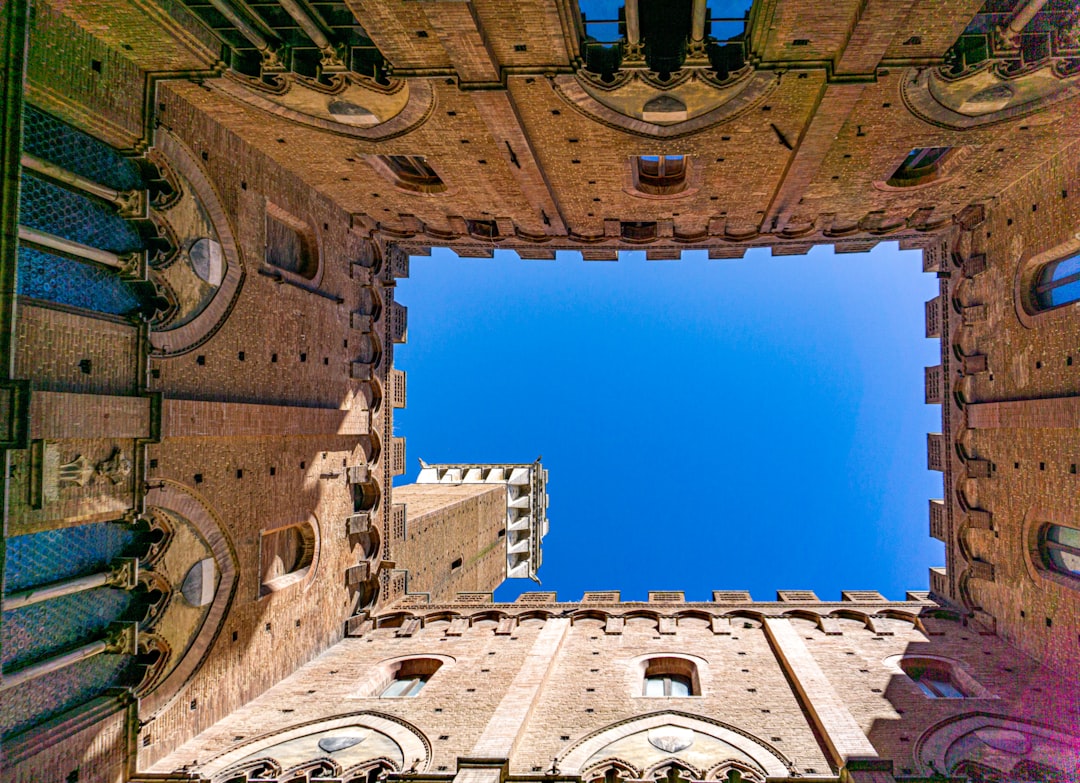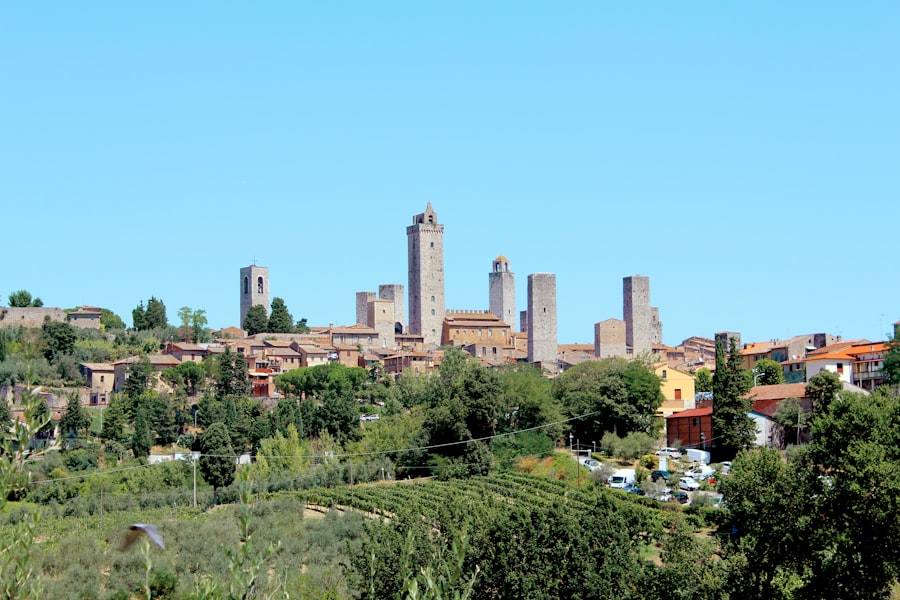
Laos, a landlocked country nestled in the heart of Southeast Asia, is often overshadowed by its more prominent neighbors like Thailand and Vietnam. However, this hidden gem boasts a rich tapestry of culture, history, and breathtaking natural landscapes that beckon travelers seeking an authentic experience. With its lush mountains, winding rivers, and vibrant traditions, Laos offers a unique blend of adventure and tranquility.
The country is characterized by its slow-paced lifestyle, where time seems to stand still, allowing visitors to immerse themselves in the local way of life. The capital city, Vientiane, serves as a gateway to the country’s diverse offerings. Here, French colonial architecture meets traditional Lao structures, creating a fascinating juxtaposition that reflects the nation’s complex history.
Beyond the urban landscape, the countryside unfolds into a patchwork of rice paddies, dense forests, and serene villages. The Mekong River, which flows majestically along the western border, is not only a lifeline for the local population but also a stunning backdrop for exploration. As one delves deeper into Laos, it becomes evident that this country is a treasure trove of experiences waiting to be discovered.
Key Takeaways
- Laos is a country with a rich culture and stunning natural beauty, making it a must-visit destination for travelers.
- From the bustling capital city to the serene countryside, Laos offers a diverse range of places to explore and experience.
- Ancient temples, beautiful waterfalls, and the majestic Mekong River are just a few of the must-see sights in Laos.
- Traditional festivals and local cuisine provide a unique insight into the rich and vibrant culture of Laos.
- National parks, caves, and wildlife sanctuaries offer opportunities to explore the natural wonders of Laos and its diverse ecosystems.
Top Places to Visit in Laos: From the Bustling Capital to Serene Countryside
Vientiane, the capital city, is often the starting point for many travelers. It is home to several significant landmarks, including the iconic Patuxai Monument, which resembles the Arc de Triomphe in Paris. This grand structure commemorates those who fought for independence from France and offers panoramic views of the city from its summit.
Nearby, the serene That Luang Stupa stands as a symbol of Lao nationalism and Buddhism. Its golden façade glistens in the sunlight, drawing visitors to its sacred grounds where they can witness local rituals and ceremonies. Venturing beyond Vientiane reveals the enchanting town of Luang Prabang, a UNESCO World Heritage site renowned for its well-preserved architecture and spiritual ambiance.
Nestled at the confluence of the Mekong and Nam Khan rivers, Luang Prabang is dotted with ancient temples such as Wat Xieng Thong and Wat Mai Suwannaphumaham. The town’s vibrant night market showcases local handicrafts and street food, providing an opportunity to engage with the community. Further afield lies the picturesque Kuang Si Waterfall, where turquoise pools invite visitors to swim amidst lush jungle surroundings.
This combination of cultural richness and natural beauty makes Luang Prabang a must-visit destination in Laos.
Must-See Sights in Laos: Ancient Temples, Waterfalls, and Mekong River

Laos is home to an array of ancient temples that reflect its deep-rooted Buddhist traditions. Wat Phu, located in southern Laos near Champasak, is an archaeological site that dates back to the Khmer Empire. This temple complex is set against a stunning backdrop of mountains and rice fields, offering insight into the region’s historical significance.
The intricate carvings and stone structures tell stories of a bygone era, making it a captivating site for history enthusiasts. The natural beauty of Laos is equally compelling, particularly when it comes to its waterfalls. The Kuang Si Waterfall is one of the most famous in the country, cascading over limestone formations into crystal-clear pools below.
Visitors can hike through the surrounding forest or simply relax by the water’s edge while enjoying a picnic. Another notable waterfall is Tad Fane in the Bolaven Plateau, where twin falls plunge dramatically into a lush valley below. These natural wonders not only provide stunning visuals but also serve as tranquil retreats for those looking to escape the hustle and bustle of daily life.
The Mekong River is perhaps one of Laos’s most defining features. Stretching over 4,000 kilometers through several countries in Southeast Asia, it plays a crucial role in the livelihoods of many Lao people. A boat cruise along the Mekong offers a unique perspective on rural life as one passes by fishing villages and terraced rice fields.
The river is also home to various species of wildlife, including the elusive Irrawaddy dolphin. For those seeking adventure, kayaking or tubing down sections of the river provides an exhilarating way to experience its beauty while engaging with nature.
Uncovering the Unique Culture of Laos: Traditional Festivals and Local Cuisine
| Festival | Description |
|---|---|
| Boun Bang Fai (Rocket Festival) | A traditional festival to encourage the rains to come by launching homemade rockets into the sky. |
| Boun Ok Phansa (End of Buddhist Lent) | Celebration marking the end of Buddhist Lent with boat races and illuminated processions. |
| Boun That Luang (That Luang Festival) | A religious festival held at the That Luang Stupa in Vientiane, featuring parades and traditional performances. |
| Local Cuisine | Sticky rice, laap (minced meat salad), tam mak hoong (spicy green papaya salad), and khao soi (noodle soup) are popular dishes. |
Laos is rich in cultural heritage, with numerous festivals celebrated throughout the year that showcase its traditions and customs. One of the most significant events is Pi Mai or Lao New Year, which takes place in mid-April. This vibrant festival marks the beginning of the new year with water fights, parades, and traditional ceremonies.
Locals pour water over each other as a symbol of cleansing and renewal, creating an atmosphere filled with joy and laughter.
Another important festival is Boun That Luang, which celebrates the sacred That Luang Stupa in Vientiane.
During this time, thousands of devotees gather to participate in religious ceremonies and processions that last several days. The event culminates in a grand display of fireworks and cultural performances that highlight traditional Lao music and dance. These festivals not only provide insight into Lao spirituality but also foster a sense of community among participants.
The culinary landscape of Laos is equally intriguing, characterized by fresh ingredients and bold flavors. Sticky rice is a staple food that accompanies most meals and is often served with various dipping sauces such as jaew bong (a spicy chili paste) or laap (a minced meat salad). Street food stalls offer an array of dishes like khao soi (a coconut curry noodle soup) and grilled meats skewered on bamboo sticks.
The use of herbs and spices such as lemongrass, galangal, and kaffir lime leaves adds depth to Lao cuisine, making it a delightful experience for food lovers.
Exploring the Natural Wonders of Laos: National Parks, Caves, and Wildlife Sanctuaries
Laos is endowed with remarkable natural wonders that attract nature enthusiasts from around the globe. The country boasts several national parks that protect its diverse ecosystems and wildlife. Nam Ha National Protected Area in Luang Namtha province is one such destination where visitors can trek through lush forests teeming with flora and fauna.
Guided tours offer opportunities to spot rare species such as gibbons and various bird species while learning about traditional medicinal plants used by local communities. Caving enthusiasts will find Laos particularly appealing due to its extensive limestone formations and underground networks. The Tham Kong Lo cave in Khammouane province stretches over seven kilometers and features an underground river that can be explored by boat.
The cave’s impressive stalactites and stalagmites create an otherworldly atmosphere that captivates adventurers. Another notable cave system is the Pak Ou Caves near Luang Prabang, which houses thousands of Buddha statues left by pilgrims over centuries.
The Bolaven Plateau is home to several protected areas where visitors can observe elephants in their natural habitat or participate in ethical elephant tourism initiatives that promote conservation efforts. The Nam Et-Phou Louey National Park offers guided night treks where travelers can spot nocturnal wildlife such as civets and slow lorises while learning about ongoing conservation projects aimed at protecting endangered species.
Practical Tips for Traveling in Laos: Visa Requirements, Transportation, and Safety Advice

Traveling to Laos requires some preparation regarding visa requirements. Most nationalities can obtain a visa on arrival at major entry points such as Vientiane’s Wattay International Airport or border crossings from Thailand or Vietnam. The visa typically allows for a stay of 30 days but can be extended for an additional fee at local immigration offices.
It’s advisable for travelers to carry cash in US dollars or Lao kip for visa fees as credit cards may not be accepted at all locations. Transportation within Laos can vary significantly depending on one’s destination. While major cities like Vientiane and Luang Prabang have reliable bus services and tuk-tuks for short distances, more remote areas may require hiring private vehicles or joining organized tours for convenience.
The road conditions can be challenging in some regions; therefore, travelers should be prepared for longer travel times than anticipated. For those seeking adventure, renting a motorbike can provide an exhilarating way to explore scenic routes at one’s own pace. Safety is generally not a major concern when traveling in Laos; however, it’s essential to remain vigilant against petty crime such as pickpocketing in crowded areas or markets.
Travelers should also be cautious when engaging in outdoor activities like trekking or caving by ensuring they are accompanied by reputable guides who prioritize safety measures. Additionally, drinking bottled water is recommended due to concerns about water quality in some regions. By taking these precautions into account, visitors can enjoy all that Laos has to offer while ensuring their well-being during their journey through this captivating country.
If you’re intrigued by the diverse and rich cultural tapestry of Laos, you might also find interest in exploring more about Bulgaria. Like Laos, Bulgaria boasts a unique blend of historical landmarks and natural beauty. From the ancient city of Plovdiv to the serene Black Sea coast, Bulgaria offers a captivating journey through history and scenic landscapes. To learn more about what Bulgaria has to offer, check out this related article: Bulgaria Facts, Places, and Sights. This could be a wonderful addition to your travel bucket list, providing insights into another fascinating country.
FAQs
What are some interesting facts about Laos?
– Laos is a landlocked country in Southeast Asia.
– The official language is Lao, and the currency is the Lao kip.
– The country is known for its mountainous terrain, French colonial architecture, and Buddhist monasteries.
What are some popular places to visit in Laos?
– Luang Prabang: A UNESCO World Heritage site known for its well-preserved architecture and traditional Laotian culture.
– Vientiane: The capital city with a mix of French colonial architecture and Buddhist temples.
– Plain of Jars: An archaeological site with thousands of ancient stone jars scattered across the landscape.
What are some must-see sights in Laos?
– Kuang Si Falls: A stunning waterfall with turquoise blue pools, located near Luang Prabang.
– Wat Phu: A Khmer temple complex in southern Laos, also a UNESCO World Heritage site.
– Mekong River: The 12th longest river in the world, offering scenic boat cruises and riverfront villages.



